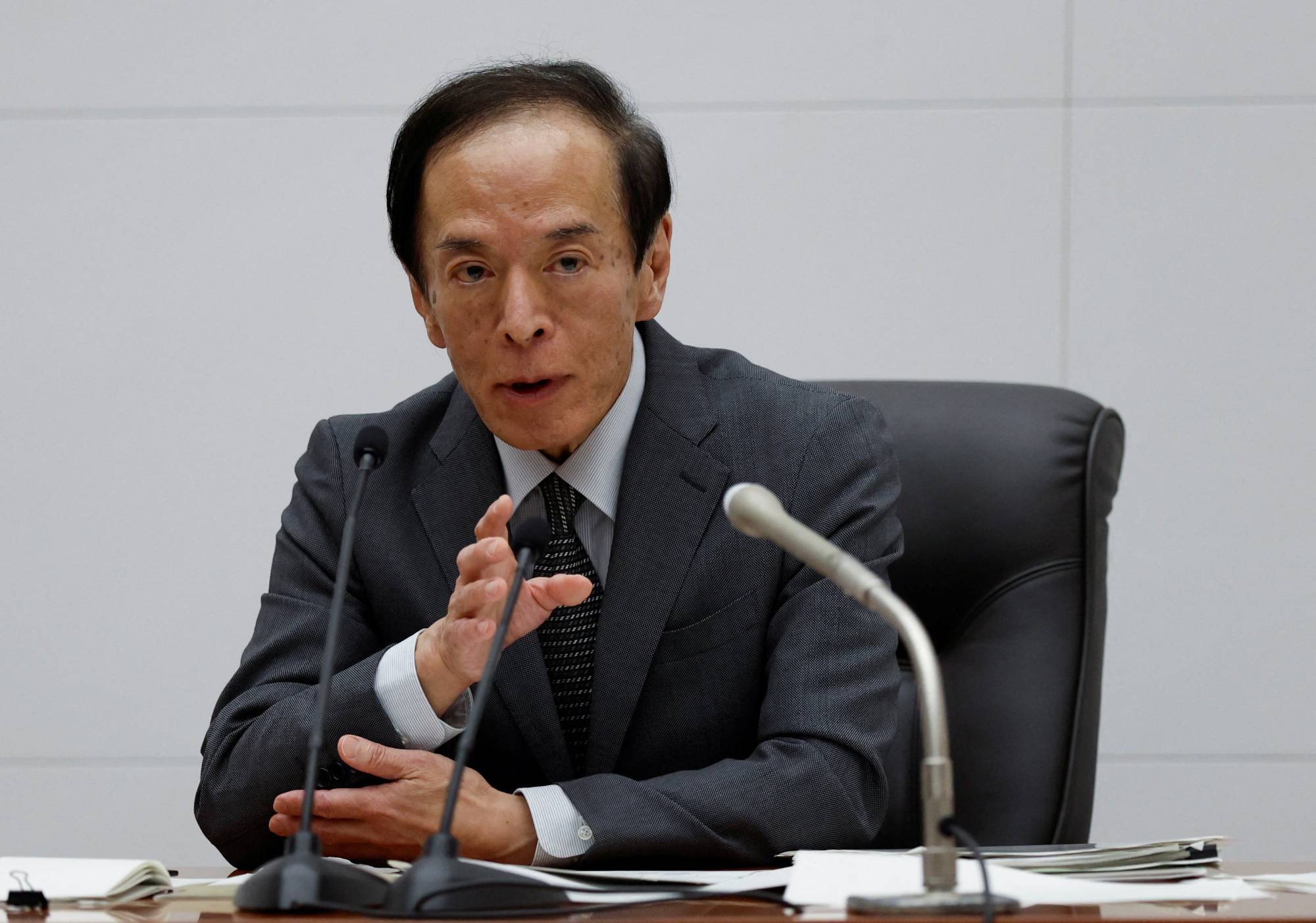In its first meeting, the Bank of Japan’s new policymaking team under Gov. Kazuo Ueda decided on Friday to continue the central bank’s dovish monetary stance but will conduct a comprehensive review of its overall policy going back two decades.
The BOJ said it will spend about 12 to 18 months on an overhaul of its monetary policy — Ueda previously suggested that plan during his inaugural news conference earlier this month.
“Since the late 1990s, when Japan’s economy fell into deflation, achieving price stability has been a challenge for a long period of 25 years,” the central bank said in a statement.


















With your current subscription plan you can comment on stories. However, before writing your first comment, please create a display name in the Profile section of your subscriber account page.